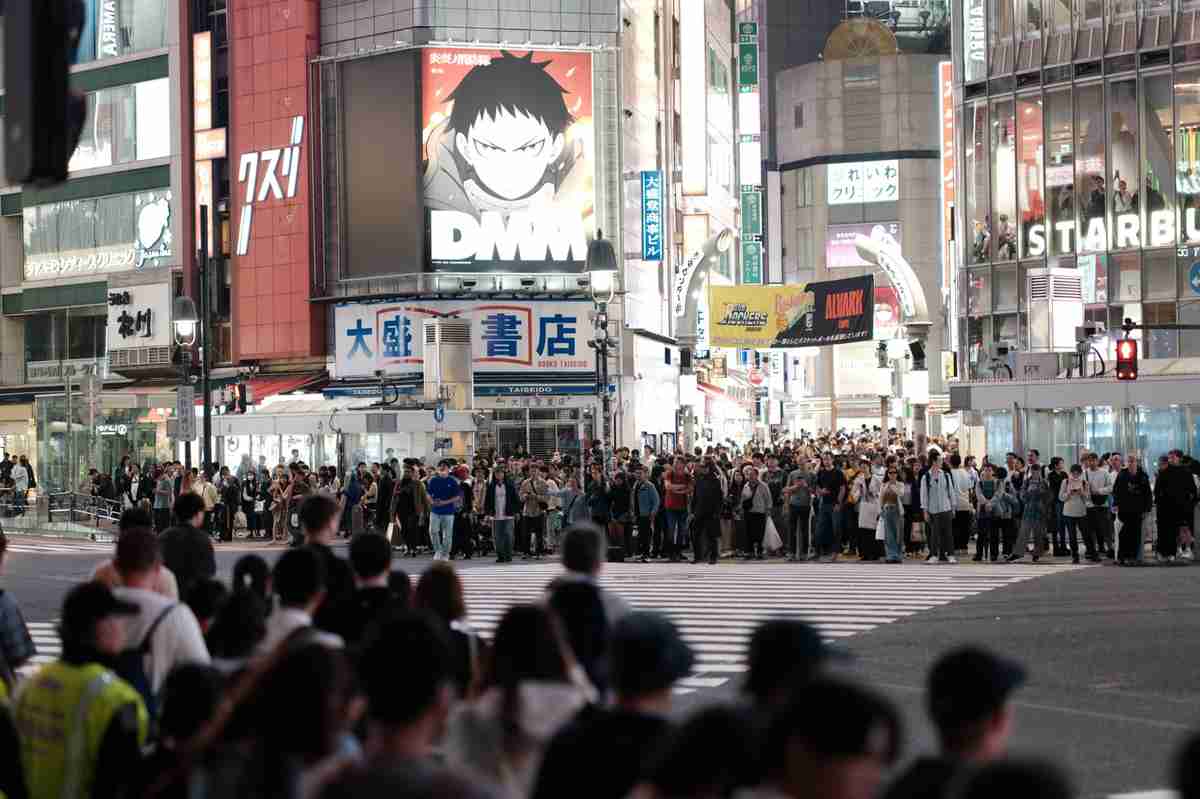Tokyo is buzzing with fresh debate about the role of artificial intelligence in video game development. A recent survey by the Computer Entertainment Supplier’s Association, the organizer of the Tokyo Game Show, revealed that more than half of Japanese game companies are now using AI tools in some form of their production process. What was once a futuristic possibility has suddenly become a present reality. Names like Capcom and Level-5, long celebrated in Japanese gaming history, are among the studios already experimenting with AI. The shift is more than a technological curiosity. It is a turning point in how games are imagined, built, and delivered to millions of players worldwide.
For years, Japan has been considered one of the global powerhouses of gaming. From arcade classics in the 1980s to franchises that defined home consoles in the 1990s and 2000s, Japanese studios shaped the industry. Yet in recent years, competition from Western giants and the rise of mobile gaming left some wondering whether Japan’s dominance was slipping. The embrace of AI may mark a new chapter, one that could return Japanese studios to the cutting edge. By using generative tools for art, storyboarding, or game logic, developers hope to shorten production cycles, cut costs, and bring new levels of creativity into their projects.
The survey highlighted several key areas where AI is being deployed. One of the most common is asset creation. Studios are turning to AI image generators to produce concept art, background elements, and even textures for in-game environments. While not all of these assets end up in final builds, the ability to generate large volumes of visual ideas quickly helps creative teams refine direction. Another growing area is scripting support. AI models are being used to draft dialogue, create branching story paths, or even propose quest structures for role-playing games. Developers stress that these drafts are starting points, always reviewed and rewritten by human writers, but they accelerate a process that can otherwise take months.
Programming is also benefiting. AI-powered coding assistants help engineers identify bugs, suggest optimizations, and generate routine scripts. For junior developers, these tools act as real-time mentors, offering suggestions that improve learning and productivity. For senior engineers, they reduce repetitive work, freeing them to focus on the most challenging aspects of game design.
The adoption of AI is not limited to major studios. Smaller independent teams, often strapped for resources, are embracing the technology to punch above their weight. A two-person indie developer in Osaka can now produce visuals and scripts that would have required a team of ten only a few years ago. This democratization of tools could lead to a renaissance of creativity, allowing diverse voices to reach players in ways that were previously impossible.
Of course, enthusiasm is mixed with caution. Critics inside and outside the industry worry about what heavy reliance on AI could mean for jobs. Artists, writers, and junior programmers in particular fear that the work they once relied on for experience may now be outsourced to algorithms. Industry veterans counter that AI should be seen as a collaborator, not a replacement. They argue that while AI can generate raw material, it cannot replicate the cultural nuance, emotional intelligence, and storytelling depth that define great games. The studios leading adoption insist that human creativity remains at the center of the process, with AI serving as a tool rather than a substitute.
Players themselves are divided. Some gamers express excitement at the prospect of faster releases and more ambitious worlds. Others worry that games will lose their soul if companies lean too heavily on AI. Online discussions on Japanese forums reflect both sides of this debate. One commenter wrote that they would rather wait longer for a hand-crafted experience than play something that feels machine-generated. Another countered that if AI allows more experimental titles to reach the market, players should welcome it. The reality, as with many new technologies, will likely fall somewhere in between.
Economically, the shift has big implications. Japan’s game industry is a multi-billion-dollar pillar of its creative economy, with exports that influence global culture. If AI can help developers cut production costs, it may improve profitability in an industry known for expensive, drawn-out development cycles. It could also give Japanese studios a competitive edge in a crowded international market. At the same time, there are legal and ethical questions that remain unresolved. Who owns the rights to AI-generated assets? How should companies disclose AI use to consumers? What safeguards prevent the reproduction of copyrighted material in training data? These issues are still being debated both in Japan and internationally.
Another area of attention is education. Game design schools across Japan are beginning to incorporate AI tools into their curricula. Students are encouraged to experiment with image generators, coding assistants, and dialogue models so that they graduate prepared for an industry where these tools are part of the workflow. The next generation of developers is likely to view AI not as a threat but as a natural extension of their creative toolkit.
There is also the question of global influence. Japan is not the only country where game companies are experimenting with AI, but the coordinated embrace of the technology by such a large percentage of studios sets it apart. Western companies are watching closely, analyzing whether Japanese adoption gives those studios a measurable creative or financial advantage. If it does, expect the rest of the industry to follow quickly. Once again, Japan could become the model others copy, just as it was during the golden age of console gaming.
The integration of AI also reflects broader changes in Japanese society. Like many advanced economies, Japan faces labor shortages in its creative and technical sectors. AI offers a way to sustain productivity without overburdening human workers. Policymakers see potential benefits too. If game studios thrive, they can support Japan’s soft power abroad, strengthening the country’s global image as a cultural and technological leader. The government has already expressed interest in monitoring how AI shapes creative industries, with some officials hinting at incentives to encourage responsible innovation.
Looking ahead, the question is not whether Japanese studios will continue using AI, but how deeply it will become woven into the DNA of game development. Will AI remain a background assistant that saves time, or will it evolve into a true creative partner that shapes design choices? Will it widen the gap between large companies with resources and small studios that rely on free or cheap tools, or will it level the playing field? The answers will determine how players experience Japanese games in the next decade.
For now, what is clear is that Japan has reached a milestone. More than half of its game companies are no longer experimenting in secret. They are openly embracing AI, showcasing prototypes, and integrating the tools into their pipelines. This momentum suggests that the gaming experiences of tomorrow will look very different from those of yesterday. Yet at the same time, the heart of Japanese gaming — its focus on emotional storytelling, cultural richness, and imaginative worlds — is unlikely to be replaced. The challenge will be blending these traditions with the new opportunities AI provides.
The 2025 survey is likely to be remembered as a marker of change, a moment when Japan signaled to the world that it was ready to lead again in gaming innovation. Whether AI enhances or diminishes that legacy will depend on choices made today by developers, players, and policymakers alike. But one truth cannot be denied. The conversation has shifted. In Japan, the future of gaming is now inseparable from the future of artificial intelligence.
Photo Credit: SeanPavonePhoto / iStock









